The AstroFlav team is known far and wide for its astronomically great flavors, but they do plenty of capsule-based products as well (see MetaBurn AM and MetaBurn PM as examples). Today we'll be writing about its submission for one of the most important supplement product categories: multivitamins.

AstroFlav Multivitamin is out and uses high-quality vitamins, minerals, and is boosted with shilajit, CoQ10, turmeric, Spectra, and more!
AstroFlav Multivitamin: Boosted with Shilajit and More!
What we particularly love about the new AstroFlav Multivitamin are the non-mineral and non-vitamin ingredients the company chose to include for auxiliary nutritional support. Ingredients like PrimaVie, Spectra, curcumin-rich turmeric extract, and CoQ10 seem hand-picked for maximal gram-for-gram impact. As we'll see, the combination of these ingredients is particularly good for cardiovascular support.
Another thing we love about AstroFlav's Multivitamin is that they chose to use the most bioavailable forms of each ingredient they included in their formula, leading to higher rates of absorption.
Let's get into the details, but first, check the PricePlow news and deals:
AstroFlav Multivitamin – Deals and Price Drop Alerts
Get Price Alerts
No spam, no scams.
Disclosure: PricePlow relies on pricing from stores with which we have a business relationship. We work hard to keep pricing current, but you may find a better offer.
Posts are sponsored in part by the retailers and/or brands listed on this page.
AstroFlav Multivitamin Ingredients
In a single, 3-tablet serving of AstroFlav's multivitamin, you get the following:

AstroFlav Multivitamin is a high-quality multi with a bit more added. We dig into the unique additions below.
-
Tru-Absorb Vitamin and Mineral Complex
The core of any good multivitamin is an adequate serving of essential vitamins and minerals. Most multivitamin consumers take them in order to try to avoid the possibility of essential nutrient deficiencies in their diet, which is generally a smart play as the nutrient value of common foods has been in steep decline for several decades.[1-3]
We won't cover every single vitamin and mineral in detail, but there are some awesome things going on in this complex that we want to point out:
- QUATREFOLIC 5-methyltetrahydrofolic acid as the chosen form of folate (also known as vitamin B9). Compared to generic folic acid, this methylated form has superior bioavailability[4] and provides much better value to consumers.
- Methylcobalamin B12, as opposed to the cheaper and less effective cyanocobalamin. Again, as noted in the folate discussion above, methylated B vitamins are superior, in general, to non-methylated forms. Methylcobalamin is one of several bioidentical forms of B12, while cyanocobalamin is not.[5]
- Amino acid chelated forms of zinc, selenium, copper, manganese, molybdenum, and boron. Chelated minerals are generally more bioavailable than non-chelated minerals.[6-9]
- The inclusion of boron. You don't typically see boron in mass-market multivitamins, but AstroFlav opted to include a decent dose, and we think that's great. This is especially true for American consumers, as boron deficiency in soil is a known issue in most U.S. farmland east of the Mississippi.[10] In fact, lack of adequate soil boron is one of the most common micronutrient deficiencies worldwide.[11]
Here's the rest of the multivitamins and minerals before we get into the "bonus" ingredients:
-
Vitamin A (as beta-carotene) – 1,200 mcg (133% DV)
-
Vitamin C (as ascorbic acid) – 500 mg (556% DV)
-
Vitamin D (as cholecalciferol – 60 mcg (2,000 IU) (300% DV)
-
Vitamin E (d-alpha-tocopheryl acetate) – 20 mg (134% DV)
-
Vitamin K2 (as Menaquinone-7) – 90 mcg (75% DV)
-
Thiamin (Thiamin Mononitrate) – 15 mg (1,667% DV)
-
Riboflavin – 20 mg (1,538% DV)
-
Niacin (Niacinamide) – 50 mg (312% DV)
-
Vitamin B6 (as pyridoxal-5-phosphate) – 15 mg (882% DV)
-
Folate (as QUATREFOLIC, (6s)-5-methyltetrahydrofolic acid, glucosamine salt) – 680 mcg DFE (170% DV)
-
Vitamin B12 (as methylcobalamin) – 500 mcg (20,833% DV)
-
Biotin (as d-biotin) – 300 mcg (1,000% DV)
-
Pantothenic Acid (as d-calcium pantothenate) – 75 mg (1,500% DV)
-
Calcium (dicalcium phosphate and calcium amino acid chelate) – 150 mg (11% DV)
-
Phosphorus (dicalcium phosphate) – 120 mg (10% DV)
-
Magnesium (as Magnesium glycinate) – 100 mg (24% DV)
-
Zinc (zinc bisglycinate chelate) – 20 mg (182% DV)
-
Selenium (selenium amino acid chelate) – 75 mcg (136% DV)
-
Copper (copper bisglycinate chelate) – 1 mg (111% DV)
-
Manganese (manganese glycinate chelate) – 1 mg (43% DV)
-
Chromium (chromium chloride) 60 mcg (171% DV)
-
Molybdenum (molybdenum amino acid chelate) – 5 mcg (11% DV)
-
Potassium (potassium citrate) – 96 mg (2% DV)
-
Iodine (from Kelp) – 150 mcg (100% DV)
-
Boron (boron chelate, boron citrate) – 1 mg (% DV undefined)
-
Cardiovascular Health
These days, quality multivitamins go beyond mere basics, and typically include at least a few ingredients for auxiliary health support. The AstroFlav multivitamin is no exception – these two ingredients in AstroFlav's cardiovascular health section are here to keep your heart, veins, and arteries functioning at peak efficiency.
-
PrimaVie (Shilajit Extract) – 100 mg
PrimaVie is a premium shilajit extract that's backed by clinical studies.
Shilajit extract itself is a complicated ingredient to characterize, as it naturally contains lots of different bioactives that factor into its overall effect. One of the things that makes PrimaVie special is its standardization for some of the most important known bioactives in shilajit. For example, PrimaVie contains 50% fulvic acid,[12] which we'll discuss extensively below. Besides this, there are over 40 different minerals present in the ingredient.[12]
Research on PrimaVie indicates that it can have a significant impact on men's hormonal health. For example, a randomized, double-blind, placebo-controlled study from 2015 found that when middle-aged men took 250 milligrams of PrimaVie twice daily, they saw significant increases in free and total testosterone – about a 20% increase in both.[13]
Middle-aged men who took 500 mg of PrimaVie daily experienced a roughly 20% increase in free and total testosterone.[13]
Also compelling was the 30% increase in dehydroepiandrosterone (DHEA). DHEA is a steroid hormone, like testosterone and estrogen,[14] that has been described by some researchers as a "fountain of youth" molecule.[14-17] High levels of DHEA produce major hallmarks of youthfulness, like supple skin[18] and resilience to stress.[19] And unfortunately, DHEA production in the body can decline by as much as 80% starting around age 30.[20-22]
DHEA helps maintain youthful physiology by regulating the production and action of cortisol, your body's primary glucocorticoid stress hormone. By inhibiting the enzyme 11β-HSD1 (which produces cortisol) while upregulating the enzyme 11β-HSD2 (which breaks down cortisol) DHEA can decrease overall cortisol activity.[23-26]
AstroFlav Embrace is out as a women's hormonal support supplement to act as the counterpart to AstroFlav's Elevated men's supplement
It also seems that DHEA's effects mimic those of dihydrotestosterone (DHT), which is perhaps the most androgenic form of testosterone and responsible for most of your androgen system's masculinizing effects, like muscle anabolism.[27]
What about the dose?
Granted, these studies used a much larger dose of PrimaVie – 500 milligrams daily, compared to 100 milligrams in a single serving of AstroFlav's multivitamin. However, this is fairly typical of multivitamins because providing the clinical dose of every ingredient in a single serving would mean using an impractically large number of capsules, higher cost, and potentially interfering with the rest of the user's stack.
We've seen much lower doses of non-PrimaVie shilajit yield important benefits though. One 2010 study, for example, found that just 200 milligrams daily of shilajit improved total sperm count by a whopping 61.4%, sperm motility by 12.4–17.4%, and normal (healthy) sperm count by 18.9%.[28]
This study also observed a 23.5% increase in testosterone from shilajit supplementation, which shows that you don't necessarily need the big 500 milligram dose used in the PrimaVie studies in order to reap hormonal benefits of shilajit supplementation.[28]
Since PrimaVie is a high-quality standardized shilajit extract, we can't think of a reason why this result wouldn't apply to PrimaVie.
Other benefits of fulvic acid – cognitive support
AstroFlav A-Pump is a nitric oxide capsule supplement with the most unique ingredient profile we've seen. An ultimate complementary pre-workout stacker!
The 100 milligram PrimaVie dose gives us something else of great importance, too. As we said above, PrimaVia is about 50% fulvic acid by weight,[12] meaning a 100-milligram dose of PrimaVie gives you 50 milligrams of fulvic acid.[12]
One study in humans found that a 200 milligram daily dose of shilajit improved subjects' scores on the global deterioration scale (GDS), an important inventory for quantifying the severity of neurodegenerative conditions, by about 20% compared to a placebo group.[29] They also did about 20% better on inventories of neuropsychological symptoms (NPI) and caregiver distress.[29]
The authors of that study specifically identify fulvic acid as the bioactive constituent in shilajit most likely to promote the tau protein disaggregation that can lead to improvements in AD symptoms.[29] Since generic shilajit consists of only 15-20% fulvic acid by weight,[30,31] this means the study achieved these effects with, at most, a 40-milligram dose of fulvic acid from shilajit.
That 40 milligram daily dose is actually less fulvic acid than the 50 milligram present in a 100 milligram dose of PrimaVie!
Cardiovascular benefits
But PrimaVie is here for its cardiovascular health, so we would do well to ask what shilajit can do for us there.
One 2013 study in rats found that shilajit has a significant parasympathomimetic effect, meaning it activates the parasympathetic nervous system, which has an overall relaxing effect. In this study, rats who got supplemental shilajit experienced significant reductions in blood pressure and heart rate.[32]
Another study, from 2014, found that shilajit administration significantly reduced the extent of rats' cardiac damage in an experimental model of myocardial infarction (heart attack).[33]
-
Coenzyme Q10 (Ubiquinone) – 100 mg
Coenzyme Q10 (CoQ10) is a powerful antioxidant that helps support mitochondrial respiration.
Need to further enhance your mitochondria? Double your MitoBurn L-BAIBA and amplify fat loss on the AstroFlav stack with AstroFlav 2X
Your mitochondria produce all your body's usable energy in the form of adenosine triphosphate (ATP), so it shouldn't be too surprising that CoQ10 deficiency is associated with major illnesses like diabetes, cancer, neurodegeneration, and cardiovascular disease.[34]
CoQ10 seems to be especially useful for improving cardiovascular health, as its antioxidant properties give it the ability to stabilize nitric oxide (NO) and thus promote vasodilation, which keeps blood pressure and heart rate appropriately low.[35]
-
-
Fruit, Vegetable & Antioxidant Blend
-
Spectra – 100 mg
Spectra is a proprietary blend of high-antioxidant plant extracts and concentrates consisting of coffea arabica extract, broccoli sprout, green tea, onion, apple, acerola, camu camu, quercetin, tomato, broccoli, acai, turmeric, garlic, basil, oregano, cinnamon, elderberry, carrot, mangosteen, blackcurrant, blueberry, sweet cherry, blackberry, chokeberry, raspberry, spinach, kale, bilberry, and brussels sprout.. It's a very potent ingredient for anti-oxidant and metabolic support.
In a 2014 study on Spectra, researchers found that subjects taking 100 milligrams of Spectra daily showed substantial improvement in their burden reactive oxygen species (ROS), or free radicals. It reduced ROS activity by about 17%, which is a pretty huge effect size.[36]
This matters because free radicals are chemically unstable, and can cause damage to cells, tissues, and even enzymes or DNA when your body's antioxidant defenses are compromised. In this study, Spectra's effect on oxidative stress was pronounced enough to increase the metabolic activity of cells.[36]
Administration of 100 mg Spectra per day significantly increased mitochondrial oxygen consumption, which reflects an improvement in metabolic function.[36]
As we said earlier, exogenous antioxidants typically provide cardiovascular support by stabilizing NO, and Spectra is no exception. It was found to significantly upregulate NO's activity.[36]
-
Turmeric Extract 95% Curcuminoids (Curucma Longa) (root) – 100 mg
Turmeric is an orange-yellow spice that's closely related to ginger. It's been used for centuries, if not millennia, to treat a wide range of ailments in both traditional Chinese medicine (TCM) and Ayurvedic medicine.[37,38]
Curcumin-standardized turmeric extracts have become wildly popular with supplement formulators and consumers, thanks to curcumin's profound anti-inflammatory and anti-microbial effects.[39-41] The list of symptoms that curcumin has been shown to improve in clinical research settings reads something like a "Who's Who?" for many devastating diseases of civilization. From depression to cancer and diabetes, pretty much everything seems to be ameliorated by curcumin.[39,41]
AstroFlav was originally known for Out of this World Flavor, but their capsule formulations are just as good!
One study even calls curcumin a "nature-made Jack-of-all-trades."[41]
Curcumin is great for improving human immune function, thanks to its positive impact on T cells, B cells, macrophages, neutrophils, NK cells, and dendritic cells.[37,38]
-
Conclusion: A Multi That Goes Above and Beyond
You'd think that formulating a multivitamin is simple stuff, but surprisingly, most companies screw it up in one way or another. Not AstroFlav. Whenever AstroFlav has a choice, it opts for the most bioavailable form of any particular nutrient, which is one of the most important considerations in formulating vitamin and mineral supplements.
We also love the use of PrimaVie. Some would say that 100 milligrams is underdosed, but we don't necessarily agree, especially in a multivitamin made for the masses. The exceptionally high fulvic acid content of PrimaVie means you can do a lot with less. We need more research to be sure, but our money is on a 50-milligram dose of fulvic acid being enough to get the lion's share of shilajit-related benefits.
One thing to note about the AstroFlav Multivitamin is that it's pretty heavy on nitric oxide support. Between the PrimaVie, CoQ10, and Spectra, we think AstroFlav's Multivitamin is set to improve cardiovascular function much more than the typical multi. Beyond this, all you have to do is check out their wildly unique A-Pump nitric oxide pre-workout support pill, and you may not even need a traditional pre-workout!
AstroFlav Multivitamin – Deals and Price Drop Alerts
Get Price Alerts
No spam, no scams.
Disclosure: PricePlow relies on pricing from stores with which we have a business relationship. We work hard to keep pricing current, but you may find a better offer.
Posts are sponsored in part by the retailers and/or brands listed on this page.
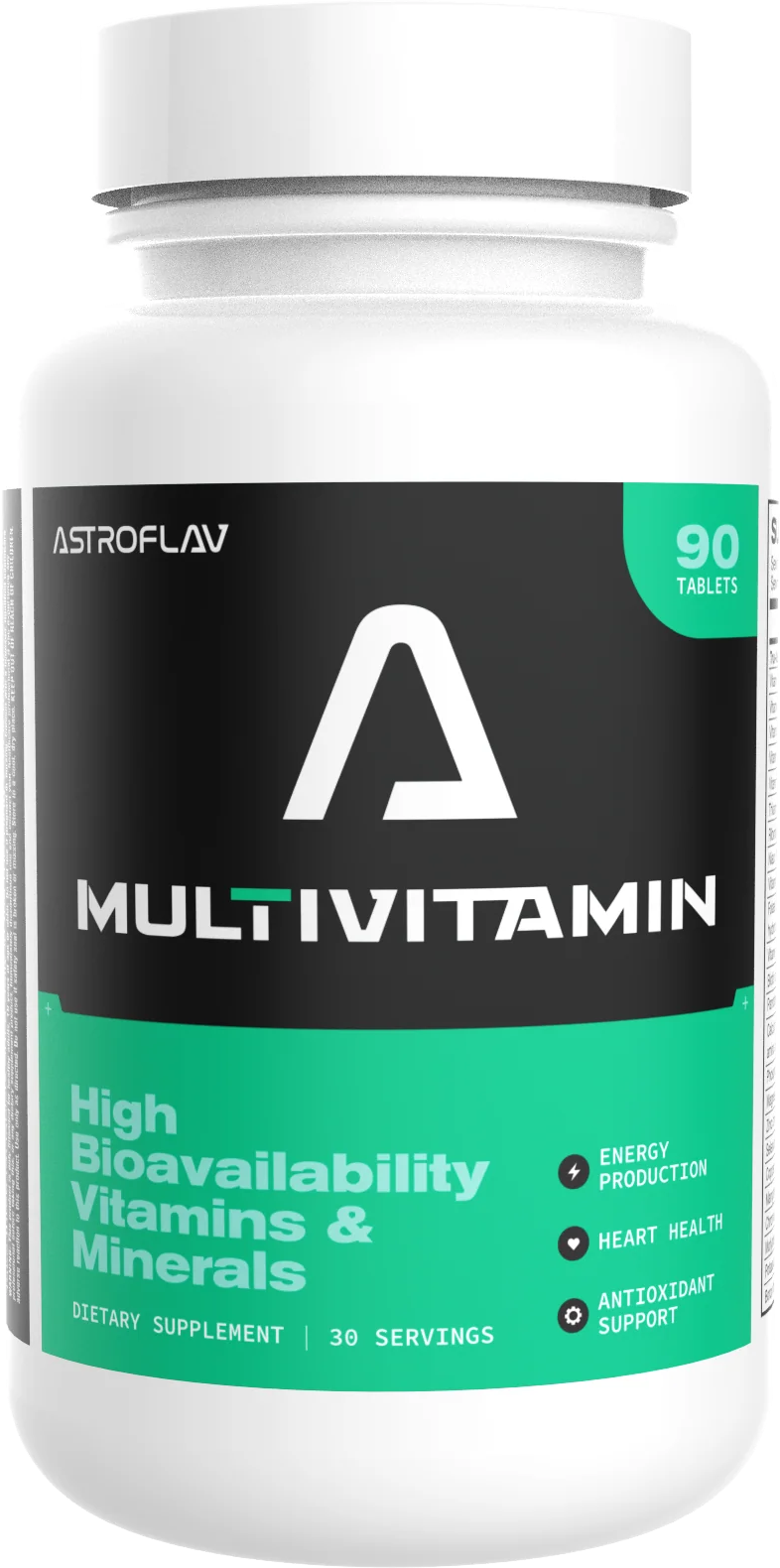


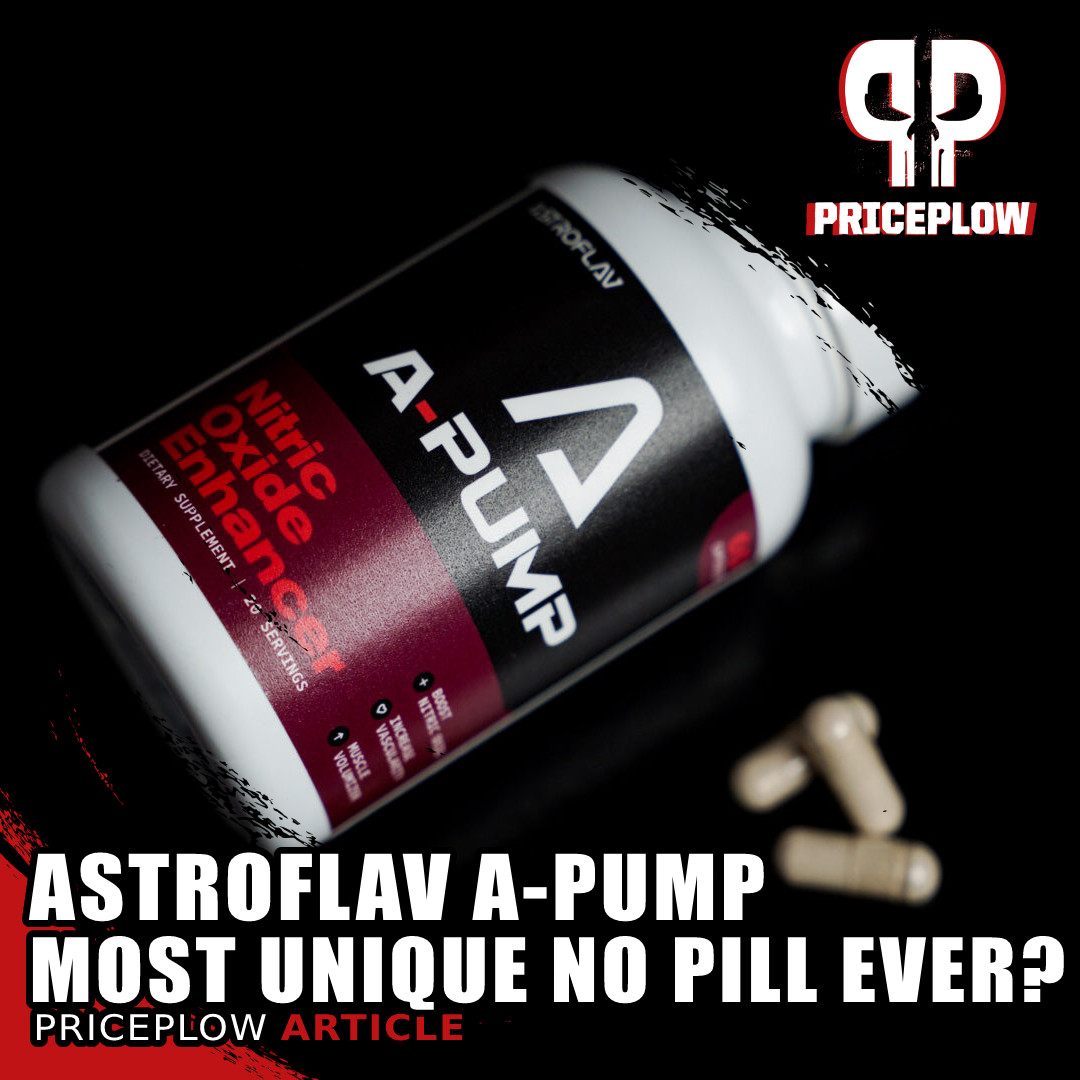

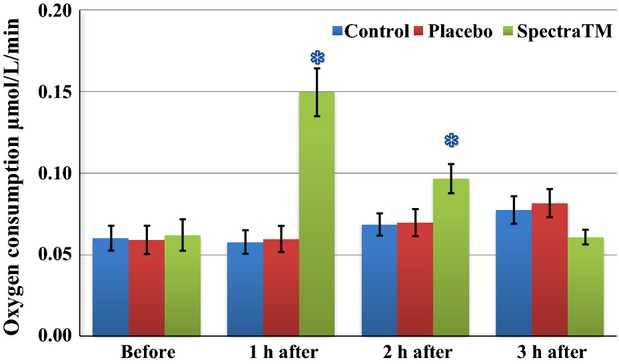
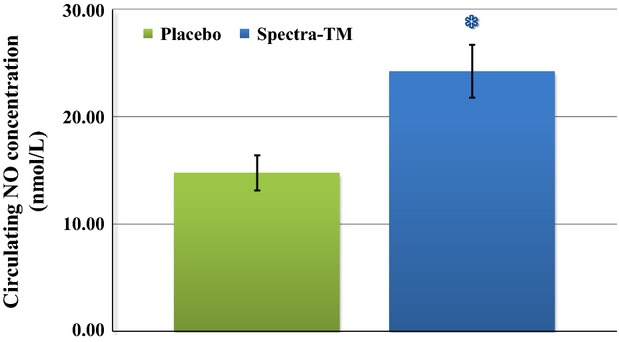
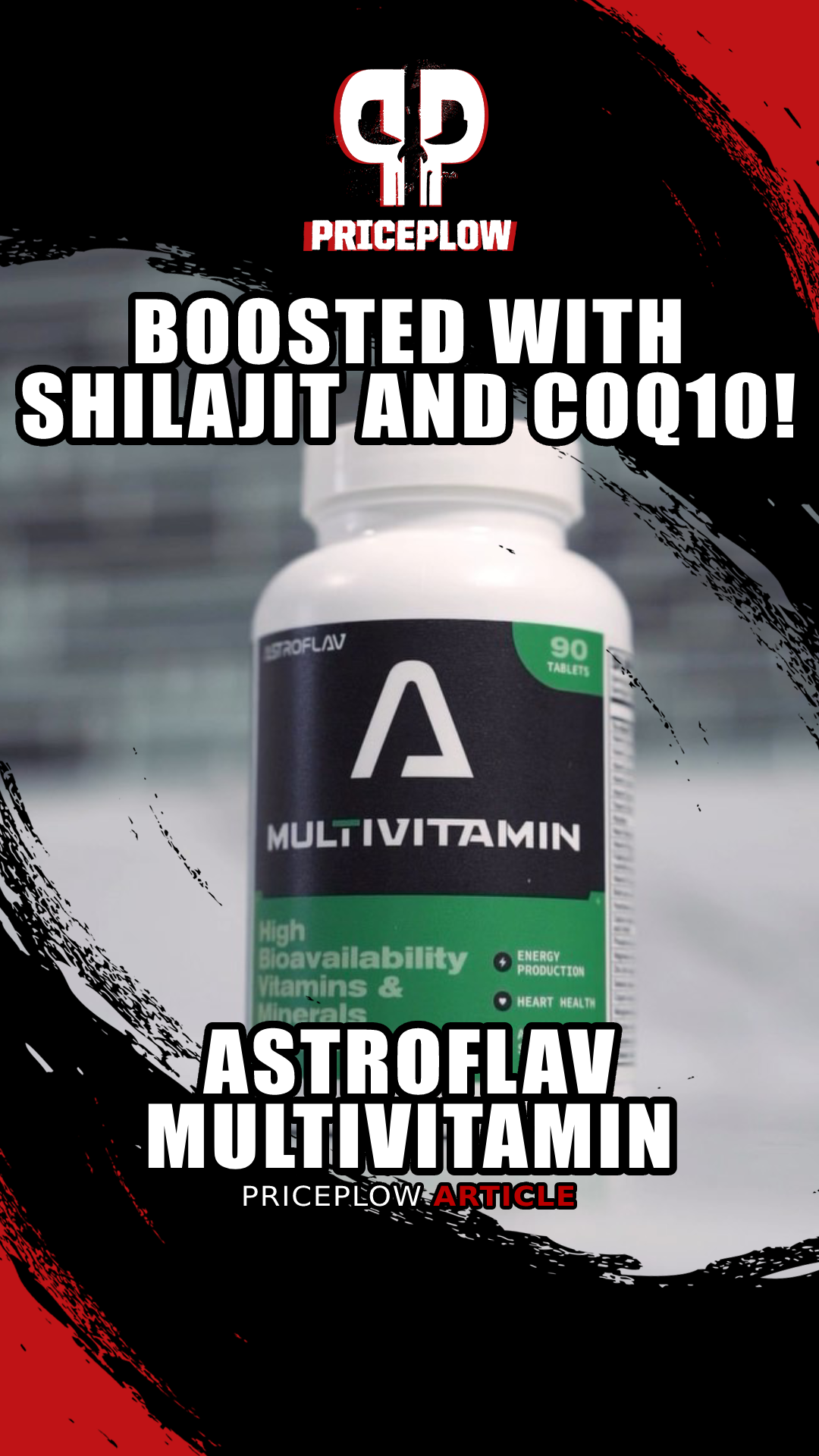


Comments and Discussion (Powered by the PricePlow Forum)